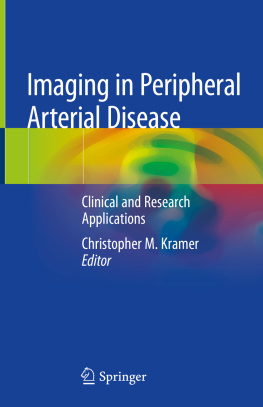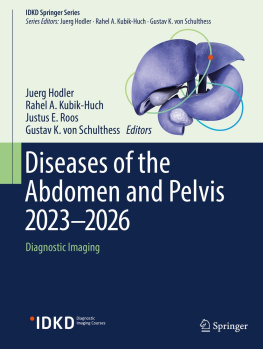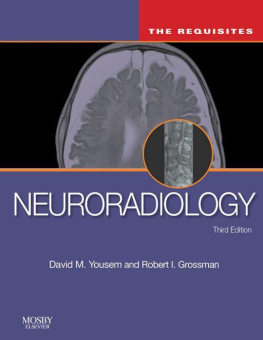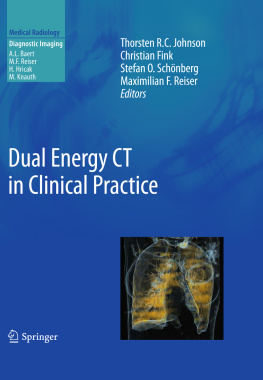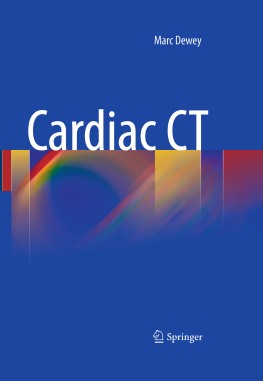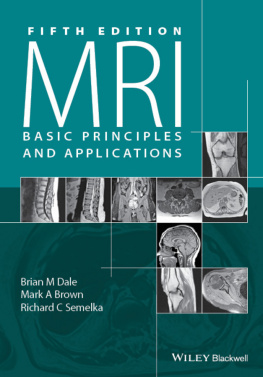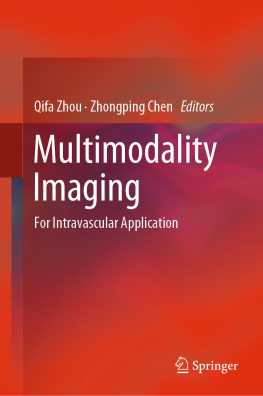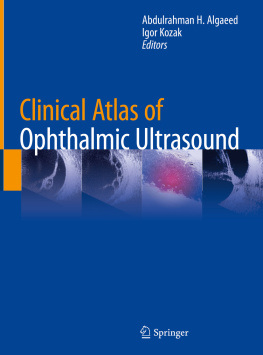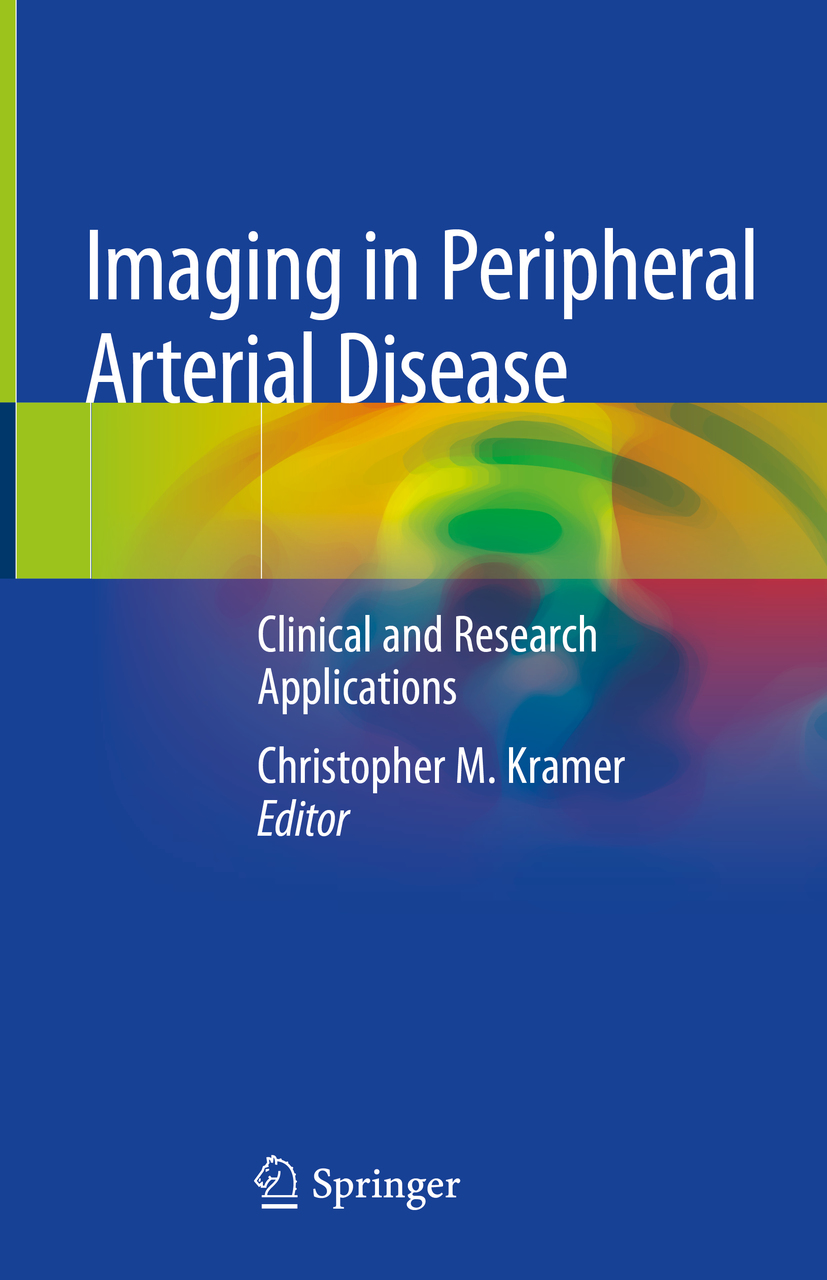Editor
Christopher M. Kramer
Departments of Medicine and Radiology, University of Virginia, Charlottesville, VA, USA
ISBN 978-3-030-24595-5 e-ISBN 978-3-030-24596-2
https://doi.org/10.1007/978-3-030-24596-2
Springer Nature Switzerland AG 2020
This work is subject to copyright. All rights are reserved by the Publisher, whether the whole or part of the material is concerned, specifically the rights of translation, reprinting, reuse of illustrations, recitation, broadcasting, reproduction on microfilms or in any other physical way, and transmission or information storage and retrieval, electronic adaptation, computer software, or by similar or dissimilar methodology now known or hereafter developed.
The use of general descriptive names, registered names, trademarks, service marks, etc. in this publication does not imply, even in the absence of a specific statement, that such names are exempt from the relevant protective laws and regulations and therefore free for general use.
The publisher, the authors, and the editors are safe to assume that the advice and information in this book are believed to be true and accurate at the date of publication. Neither the publisher nor the authors or the editors give a warranty, expressed or implied, with respect to the material contained herein or for any errors or omissions that may have been made. The publisher remains neutral with regard to jurisdictional claims in published maps and institutional affiliations.
This Springer imprint is published by the registered company Springer Nature Switzerland AG
The registered company address is: Gewerbestrasse 11, 6330 Cham, Switzerland
Preface
Peripheral arterial disease (PAD) is characterized by lower limb arterial obstruction due to atherosclerosis. There are over 200 million people with PAD worldwide and 8.5 million people with PAD in the USA over the age of 40. The incidence of PAD defined by ankle brachial index (ABI) of <0.9 in a general population over 40 is 4.3%. The prevalence is age-dependent, rising to 14.5% in those over 70. Standard cardiovascular (CV) risk factors are also risks for PAD, especially smoking and diabetes with three- to fourfold increased risk and an incidence of nearly 30%. The annual rate of CV events, including myocardial infarction, stroke, and CV death, is 57% and is higher than for patients with CAD. The adjusted risk of dying of a CV event is twofold higher than those without PAD. An ABI of <0.9 carries over a threefold increased risk of all-cause mortality. Thus, PAD is a morbid and mortal disease.
Many patients with PAD are asymptomatic, but asymptomatic patients have worse functional performance and quality of life compared to those with symptoms or sedentary controls. Among asymptomatic patients with PAD, approximately 510% will develop symptoms over 5 years. The most common symptom is intermittent claudication, defined as leg pain on walking that usually affects the calf and is relieved by rest. Claudication is present in only about 10% of patients as 40% are asymptomatic. PAD patients with critical limb ischemia (CLI) present with rest pain, ischemic ulceration, or gangrene due to the inability of resting blood flow to meet tissue metabolic demands in the setting of underlying PAD. Reduced blood flow is associated with alterations in hemodynamics, oxidative stress, skeletal muscle metabolism, and inflammation. On top of macrovascular disease, microvascular changes occur with reduced capillary density and endothelial dysfunction which lead to downstream skeletal muscle mitochondrial injury. The incidence of CLI is approximately 11% of patients with PAD, but it accounts for nearly 50% of hospitalizations. Prognosis in CLI is much worse than for IC. Mortality is as high as 19% at 1 year with a 6-month amputation rate of 12%.
Imaging is crucial to the diagnosis and management of PAD. Presently used diagnostic methods include the ABI, pulse volume recordings, transcutaneous oxygen measures, duplex ultrasonography, and angiography by X-ray, computed tomography (CTA), or magnetic resonance angiography (MRA). The screening ABI is 90% sensitive and 95% specific for PAD and is a powerful marker of atherosclerosis and CV risk. Both CTA and MRA produce three-dimensional images that are useful for evaluating the severity of disease and planning percutaneous or surgical intervention. However, angiographic techniques are not useful endpoints for clinical trials of novel therapies or for predicting outcomes.
This book outlines imaging approaches to PAD, ranging from standard clinical approaches to emerging techniques applicable to clinical trials of novel agents. Imaging needs for clinicians caring for PAD patients as well as for researchers developing newer agents are outlined. The role of the ankle brachial index as well as standard clinical imaging tests, including duplex ultrasound, CTA, MRA, and digital subtraction angiography, are reviewed in detail. In the second part of the book, research approaches to imaging in PAD are discussed, including contrast ultrasound for measuring perfusion; MRI for assessing perfusion, energetics, and plaque volume and characteristics; and radionuclide imaging for perfusion and inflammation, and their advantages and limitations outlined. We hope this book offers insight and important information to clinicians and researchers alike who are interested in this important and oft understudied area of cardiovascular disease.
Christopher M. Kramer
Charlottesville, VA, USA
Contents
Elizabeth V. Ratchford
Mary M. McDermott
Randy K. Ramcharitar , Sundeep Shenoy , Michael Gyampoh and Aditya M. Sharma
Klaus D. Hagspiel and Patrick T. Norton
Jason Craft and Subha V. Raman
Leonardo A. Campos and Ryan C. Schenning
Elona Rrapo Kaso and Brian H. Annex
Brian P. Davidson and Jonathan R. Lindner
Christopher M. Kramer
Jie Sun and Chun Yuan
Mitchel R. Stacy , Ting-Heng Chou and Albert J. Sinusas

